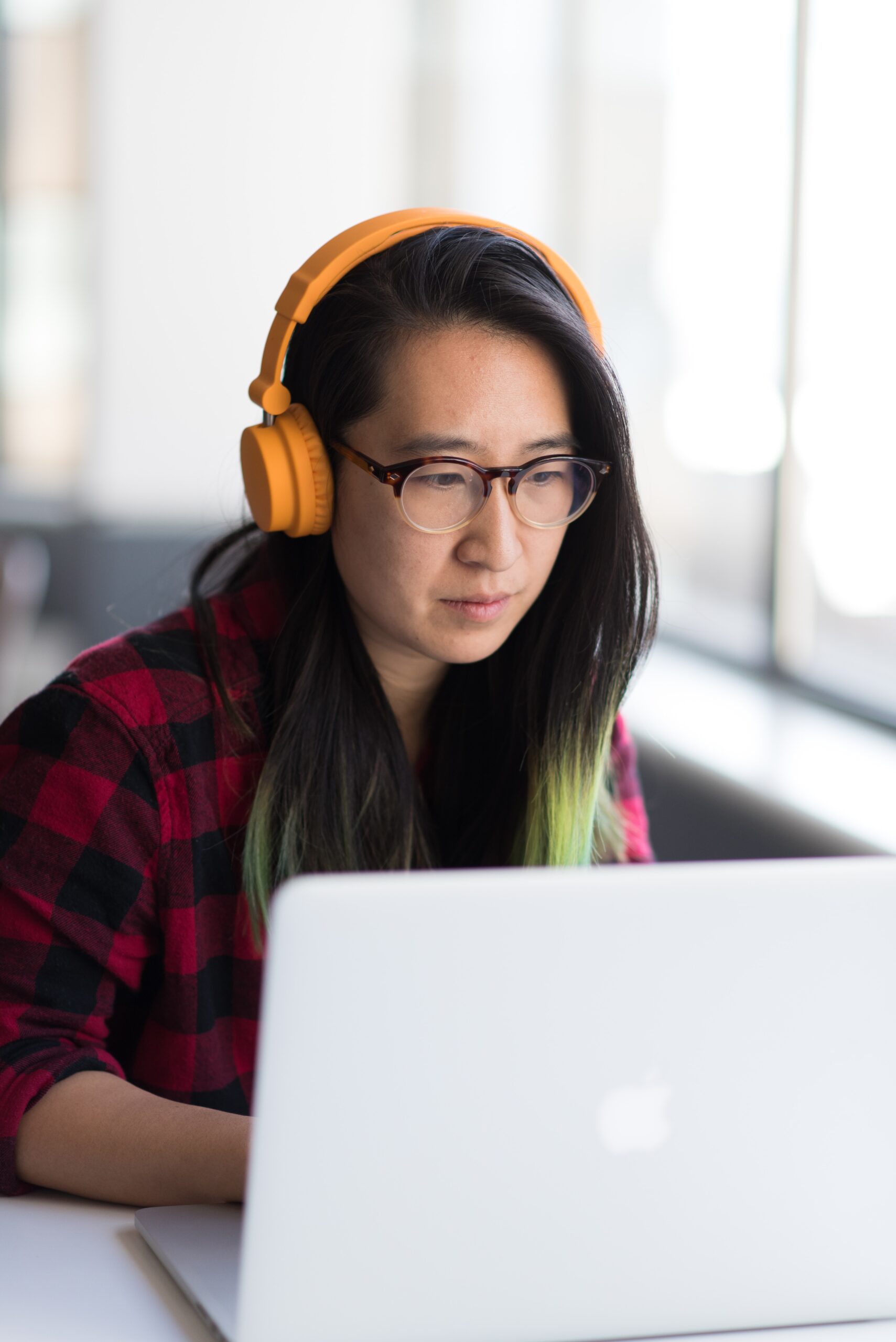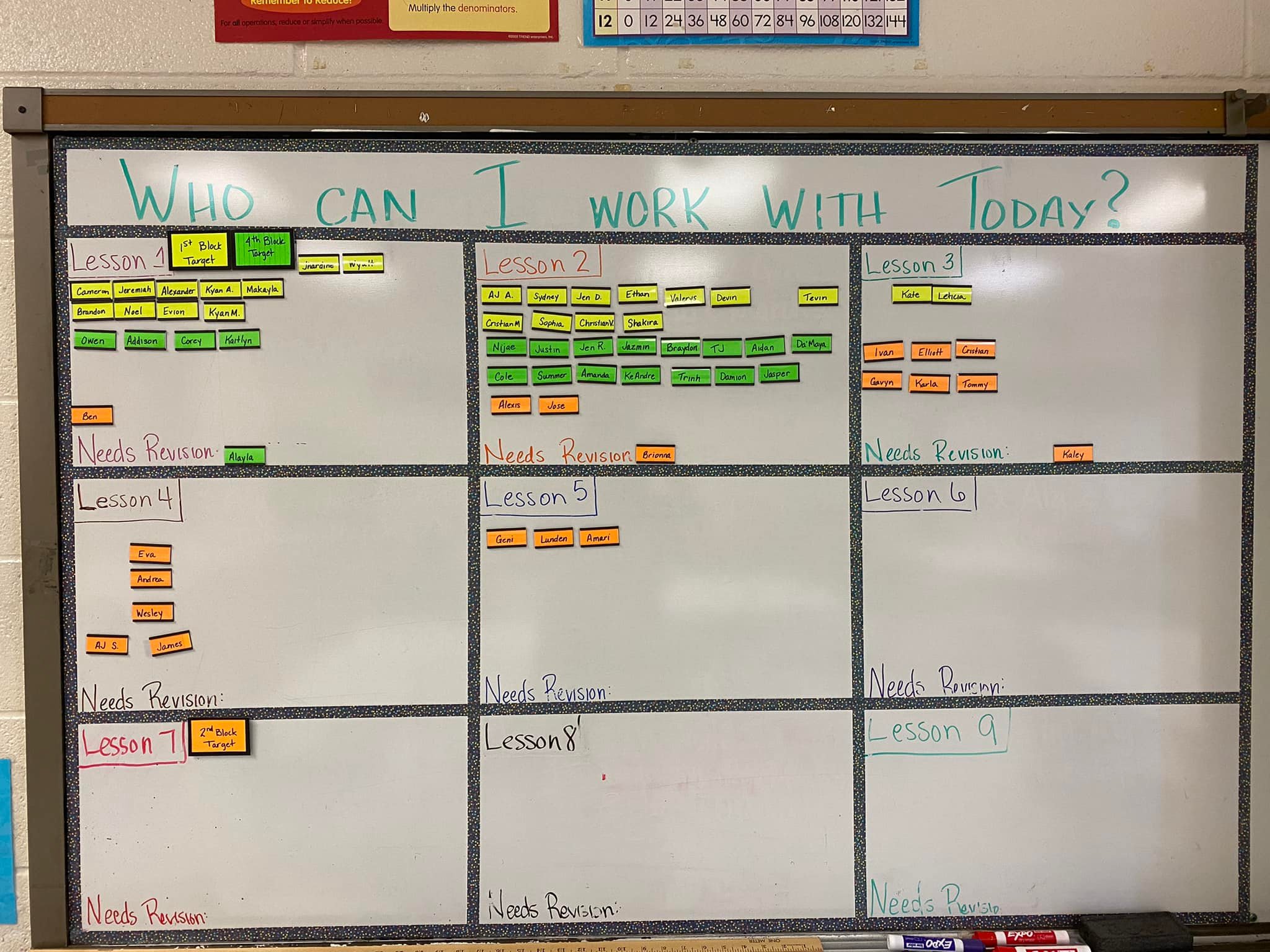Access to Technology
Literacy practitioners know that limited access to technology can create insurmountable barriers for lifelong learners in Ontario.
Learn more about the issue of access to technology
A HyperDoc is a digital document—such as a Google Doc—where all components of a learning cycle have been pulled together into one central hub. Within a single document, students are provided with hyperlinks to all of the resources they need to complete that learning cycle.
The Basic HyperDoc Lesson Plan Template from HyperDocs Templates for Getting Started nicely illustrates how a lesson cycle can be incorporated into a hyperdoc.
To help practitioners who are exploring the use of HyperDocs to enhance learner agency, AlphaPlus has a created a website dedicated to the creation and use of HyperDocs in adult literacy where you will find tips and examples.
We hear about the challenge of embedding digital skills in literacy learning when working with learners who have beginner literacy skills or digital skills that do not meet the requirements of an educational setting.
Visit our Computer Basics Google site to see a collection of resources you can use to to support learners who are trying to “catch up” on digital skills.
You will find a collection of places that support learners with beginner literacy skills who want to learn more about using digital devices and leveraging connectivity for learning.
There are Lessons and Tutorials that you can use as a curriculum, build into your own curriculum or supplement a curriculum you are using as well as Lessons and Tutorials created by Ontario Literacy and Basic Skills programs.
Under the Standards tab we have collected resources to help literacy learners reflect upon and assess their computer skills.
Lots of people know about and use GCFGlobal (GCFLearnFree – edu.gcfglobal.org) resources as a place to send learners and to learn about techy stuff themselves.
Here are some other sites for getting started reviewed on this site:
You can read more about these places to learn at the AlphaPlus Computer Basics site under the Lessons and Tutorials tab.
You will find activities from these sites organized by topic at the AlphaPlus Digital Technology Readiness site Table of Contents where you will find some basics (parts of a computer, the mouse and the keyboard, etc.) under Getting Started. The rest of the topics are to help learners get ready for using digital technology for learning.
Activities from these sites are also accessible through the Digital Skills Library where they have been indexed and are searchable.
Have you heard about AI text generator in Canva? Simply start a Doc in Canva and use + symbol to select Magic Write.
Click the link below to see the Instagram video – you do not need an account or be logged in.
As part of the Educator Network Blended Learning program, literacy practitioners share the resources that are most helpful in creating lessons and activities that engage learners and enhance and expand learning.
This is the collection from the Winter 2022 group.
These are the blended learning resources, activities and tools that practitioners have tested and are recommending. On some pages you will see their reviews or tips.
We start with an explanation of some of the terms we used and a link to a website about curating resources.
We have included an index. Some topics have several pages. If you open the PDF in a browser, you can use the back button to return to the index.
Use the link in the sidebar to open and download the collection.
“We are essentially social beings. We live in societies, of course; but more fundamentally perhaps, it is our participation in social communities and cultural practices that provides the very materials out of which we construct who we are, give meaning to what we do, and understand what we know.”
— Etienne Wenger, Communities of practice: where learning happens, Benchmark Magazine, Fall Issue 1991
We created this resource with the Silver Linings Café participants in June 2020. We updated it in October 2022.
The Silver Linings Café was an Metro Toronto Movement for Literacy initiative that AlphaPlus was invited to participate in.
This resource includes ideas from the Silver Linings Café instructors for how to engage learners and build community in video conferences (Zoom) during the pivot to remote learning during the COVID-19 lock down period. We were all getting used to working in this new environment and came together to share ideas, support each other and figure out how to support learners and learning.

Synchronous learning is where learner(s) and facilitators(s) meet in the same place, at the same time, so learning can take place. This can happen in bricks—and-mortar classrooms or online meetings. Synchronous learning may include a whole class, smaller groups or one-to-one instruction.
In synchronous learning, learners usually go through a learning path together, accompanied by a facilitator who can provide support while learners are completing tasks and activities.
Examples of synchronous learning tools:

Asynchronous learning is a teaching method where learners use their agency and autonomy differently and is widely used in online learning. Its basic premise is that learning can occur in different times and spaces particular to each learner.
In asynchronous learning, facilitators usually set up a learning path which students engage with at their own pace.
Examples of synchronous learning tools:
Email, What’s App, Google Drive, Google Sites, Learning Management Systems such as Canvas, BrightSpace or Moodle…
Reference: Asynchronous vs. Synchronous Learning: A Quick Overview by Maria Ocando Finol
The Digital Inclusion Playbook is filled with ideas, information and resources you can use to support local digital inclusion efforts. We hope the site builds awareness at a provincial and national level on behalf of all literacy and basic skills (LBS) programs and the many learners who find themselves excluded from full and equitable participation in a digital society.
Digital inclusion and literacy development work together, and LBS plays a key role in digital inclusion as a provider of digital learning opportunities for adults. LBS educators, volunteers and program co-ordinators are on the front lines of digital inclusion work and often address issues — such as access to devices for learning and low-cost internet plans — that go beyond everyday teaching and learning work. The playbook’s facts, resources, articles and mini-infographics can be used to:
Digital inclusion is bigger than LBS and involves affordable and adequate broadband internet service, internet-enabled devices that meet the needs of the user, quality and affordable technical support along with applications and online content designed to enable and encourage self-sufficiency, participation and collaboration. The playbook contains information, ideas and strategies that explore the following topics:
We invite you to explore the site and share your feedback with us. We’d also love to hear about your digital inclusion initiatives and stories.
You can also contact Christine (Christine@alphaplus.ca) or Alan (Acherwinski@alphaplus.ca) directly.
When students receive their own computer — and it’s really theirs — it sends a strong message. You don’t just own the computer; you own your education and your own future.
Alison Canning, executive director of Let’s Get Together
Literacy practitioners know that limited access to technology can create insurmountable barriers for lifelong learners in Ontario.
Learn more about the issue of access to technology
These frameworks were developed to help educators design and develop technology-rich learning environments. The frameworks help us determine the level of technology integration in the learning environment and evaluate if the technology is enhancing, extending and/or transforming learning.
Tracey Mollins
Contact me at tracey@alphaplus.ca to talk about blended learning delivery models.
These are the Frameworks described on the website
What are some ways to empower learners with choice?
We can make sure learners have agency over the elements of learning such as
Choice Boards are a type of hyperdoc where activities are organized in a grid, often like a tic-tac-toe board or a bingo board. Learners make choices about what activities they do and mark them on the grid as they finish. Unlike a proper hyperdoc, choice boards do not necessarily tale a learner through a complete learning cycle.
Using hyperdocs is also part of a blended learning approach. Here is more about hyperdocs:
Here is more about Choice Boards from Ditch That Textbook:
Some samples that Educator Network participants found:
And here is a collection of Choice Board templates from SlidesMania shared with us by Lindy Hockenbary from EDTech Teacher:
If you’d like to learn more about Choice Boards, contact Tracey.
P.S. Here is an amazing collaboration non-hyperdoc choice board I saw from @modernclassproj on Twitter.
Collaboration and self-pacing? Totally possible in a Modern Classroom! Kim Myers Manning shared with our Facebook group how she sets up her whiteboard to facilitate both.

Canvas is a robust learning management system you can use for free.
Often called an LMS for short, a learning management system is an online platform that provides the framework and tools to handle all aspects of the learning process – it’s where you house, deliver, and track your training content.
An LMS is designed to make life easier for curriculum designers, instructors and learners. An LMS can streamline the process of identifying and assessing learning goals, keeping track of progress and collecting and presenting data for evaluating learning and how the learning environment is supporting learners.
If you’d like to learn more about Canvas or schedule a demonstration, contact Tracey or our Quick Tech Help service.